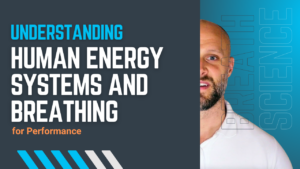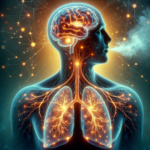Five Activities to Improve Concentration and Focus.
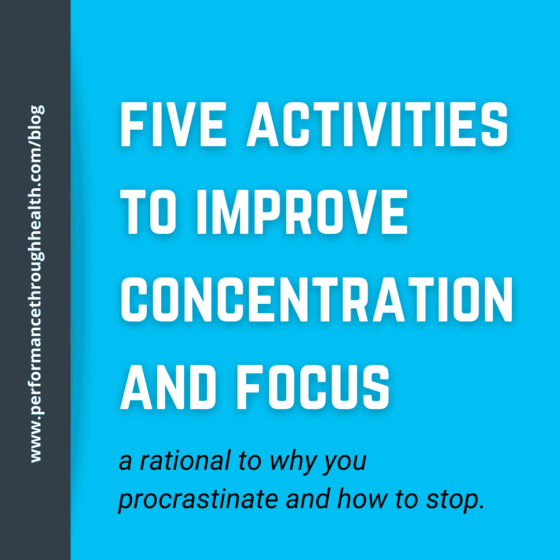
Five Activities to improve concentration and focus.
Poor concentration, and the inability to focus, are modern-day health and productivity crises. If you have read Johann Hari’s book ‘Stolen Focus’, you will have a good understanding. If you haven’t, then I suggest you take a read. Johann highlights anxiety, poor stress management and a lack of sleep as contributing factors to why our capacity to pay attention has rapidly declined over the past ten years. It is a well-thought-out and researched booked delving into global collective issues. He outlines how technology and social media compulsion are a significant distraction and uses a personal story narrative to make the book relatable to his readers.
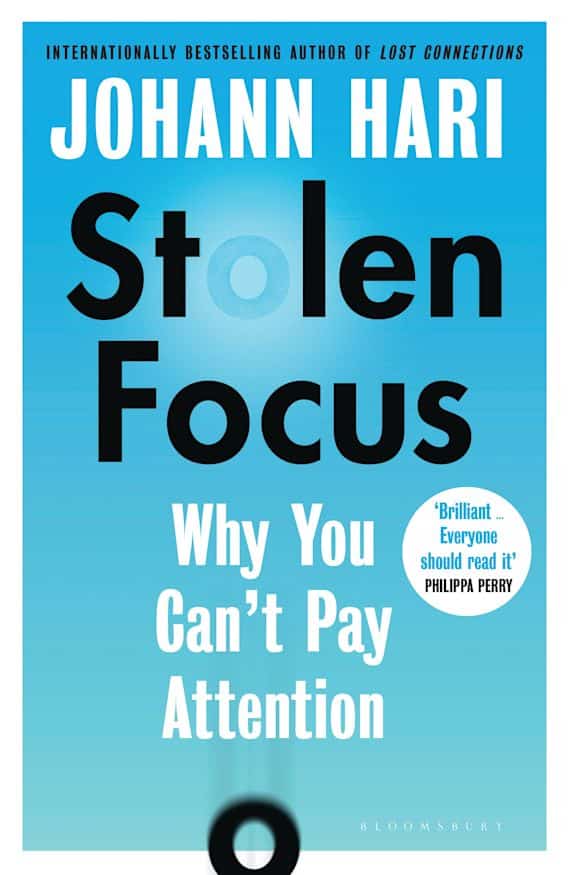
However, most of Hari’s book outlines more causes than solutions. For example, he provides insight into escaping a busy society away to a remote area or banning yourself from using your phone because of the constant bombardment of notifications. These are simple to implement. Yet, they are not always practical. Despite the extensive research into external factors affecting ‘focus’. I feel he missed essential areas to discuss, such as biological rhythms related to alternating attention span periods throughout your working day. A universal yet relatively uncommonly discussed factor related to concentration and focus.
For the past four years, I have been helping people improve concentration and focus using sleep quality strategies, relaxation protocols and breath-related stress management tools. Many clients initially score very poorly on subjective scales investigating their ability to focus – almost all improving by 50% or more after eight weeks of coaching. Also, due to the nature of my online business, I have first-hand experience with many distractions. It’s an apparent issue, and we are only at the start of this significant problem related to people being able to stay working on the task at hand or to be present in the moment.
Who knows what the ramifications are to come, but only one can speculate that it will bring further mental health issues and business productivity concerns. I plan to provide some insight into the areas that Johann Hari missed. To add value to those feeling overwhelmed with work yet struggling with the ability to focus and complete it on time. Therefore, this short blog aims to provide you with five activities to improve concentration and focus. Ways to reclaim your ability to get back into flow states when distracted and to delve into some of the physiology of short-term attentive capacity.
First, we shall start with a round-up with the Neurochemistry of Attention.
The Reticular Activating System, within the brainstem is responsible for your sleep/ wake cycle, arousal, and the ability to focus. It controls how we perceive our consciousness, almost like a gatekeeper of information. However, there is no single “attention centre” in your brain. Instead, your ability to focus your attention depends on a widespread network of brain regions that collectively make up your brain’s “attentional system”. It is a system that closely interfaces with your thoughts, actions, and feelings to help them operate more efficiently.
Neuromodulators such as acetylcholine, dopamine and norepinephrine play an essential role in concentration and focus. Each has a critical function in ensuring you can effectively focus your attention where needed in the face of unwanted distractions competing for your brain’s resources.
Acetylcholine
Acetylcholine (ACh) is an important neurochemical in the brain for paying attention, learning, and memory. ACh generally enhances attentional focus by modulating neural activity across your brain’s sensory, prefrontal, and parietal regions. In the sensory areas, such as your visual cortex, which is activated when you focus, ACh increases the strength of the relevant neural signal in the visual “receptive field”, representing your point of focus to ensure it is greater than the surrounding neural signals. This helps you label which areas of your visual field are the most important and inhibit nearby distractions that may otherwise disturb your attentional focus – a reason why it’s essential to remove distractions such as your phone from your visual field when being productive. In your parietal context, ACh helps to support how you orient and reorient your attention towards something of interest or importance by influencing top-down (brain driven) and bottom-up (sensation caused) attentional processes. Finally, in your prefrontal cortex – ACh levels are increased when you are required to sustain your attentional focus over time.
Dopamine
Although the actions of dopamine in the brain are complex, experimental studies have shown that dopamine helps to enhance attention, especially in the context of making sure that you pay attention and shift your focus flexibly and appropriately based on the information you have learned previously. In other words, you know what to focus on using your experience. If you can’t do this, you will waste more time analysing irrelevant information. In this way, dopamine helps to make your attention more efficient in a dynamic and ever-changing environment. There are two families of dopamine receptors – the molecules dopamine binds to exert its effect in the brain. These are called D1 and D2. These receptors are differentially distributed around the brain and operate slightly differently. For example, within the prefrontal cortex, Dopamine doesn’t simply act by increasing activity. Instead, it targets excitatory (glutamatergic) and inhibitory (GABAergic) cells. In doing so, it helps to balance out and fine-tune the resulting overall pattern of neural activity to suit the particular mental task.
Norepinephrine
Norepinephrine is a neurotransmitter found in the brain which is very similar in structure to the hormone epinephrine (adrenaline). It is a chemical involved in wakefulness, memory, alertness and generally readying the brain, and therefore the body, for action when it is being challenged or threatened. Norepinephrine has a diverse set of activities in the brain, which result in both the activation and inhibition of specific brain regions. One of its essential functions is to promote arousal – or mental vigilance – and wakefulness. Hence, it acts on systems that support this function. For example, working on wake-promoting cells and inhibits sleep-promoting GABAergic cells. Increases in brain arousal or vigilance generally lead to improvements in cognitive functioning, including attentional focus. Beyond its general role of wakefulness and arousal, norepinephrine is also vital in mediating the attention effect when you find your attention suddenly “grabbed” by an unexpected, novel or salient stimulus or event which occurs or appears in your vicinity. Such as when your boss walks through the door unexpectedly.
How long can we concentrate and focus during one period?
The clear answer is how long you can sit and attend to a task without distraction. Even whilst writing this blog, I notice my thoughts drifting off and pulling me in a direction away from the primary role of thinking and typing. The unconscious driver of dopamine is expectant. It is released in anticipation of reward or how much pleasure one would receive from accomplishing an action. However, it doesn’t last for long. Sitting down and getting started is the easiest part for anyone who has tried writing a book. The hardest is slogging through and writing despite not feeling the excitement anymore. That’s when the dopamine begins to decline as you realise the fantasy of being a best-selling author is a lot of tiresome research, thinking, pressing buttons and editing. Suddenly, after a few minutes, hours, days or weeks, you’re sat in the same room at the same desk with your laptop or mobile phone popping notifications at you. You have intrinsic desires of thirst, hunger and sexual arousal popping up in your mind. Creating spikes of dopamine driving you in all different directions. The key here is understanding, being mindful and having the discipline to continue to stay on the task at hand. I’ve heard of people having to lock away their phones.
Almost every week, I receive an Instagram message from a teenager or young adult telling me they cannot study for exams at school or university. When I ask why, they tell me they cannot get off their phones. As pointed out in Stolen Focus, these advanced pieces of technology have been designed by some of the world’s most intelligent engineers and behavioural experts. Each time a change is made, it’s sold to the public with a new idea to keep you spending more time on the phone. It aims to stimulate more dopamine release making it a more profitable piece of equipment. Your data is collected so they can advertise goods that match your personal needs and desires. That’s why you keep coming back, and it’s essential not to let technology dictate your behaviour. Rather have the awareness and discipline to do whatever it takes to achieve your personal goals. For the young teenagers, I usually get them to communicate their issues with parents or caregivers and make commitments to hand over their phones when it’s time to study. For you, a busy professional. This might be hiring a coach to help you manage your stress, prevent burnout, and train your ability to reach flow states.
Regardless of the issues mentioned earlier, one should not expect to be able to focus all day long, especially without training your ability to pay attention or have protocols to manage your stress or maximise your productivity. The neurochemicals previously mentioned, are released in pattern-like manner. The longer cycles, called circadian rhythms, are related to 24 hours, such as the sleep-wake cycle. However, there are shorter cycles known as Ultradian rhythms. One of those rhythms is our level of arousal, or a simpler term – stress.
What’s the relationship between stress and performance?
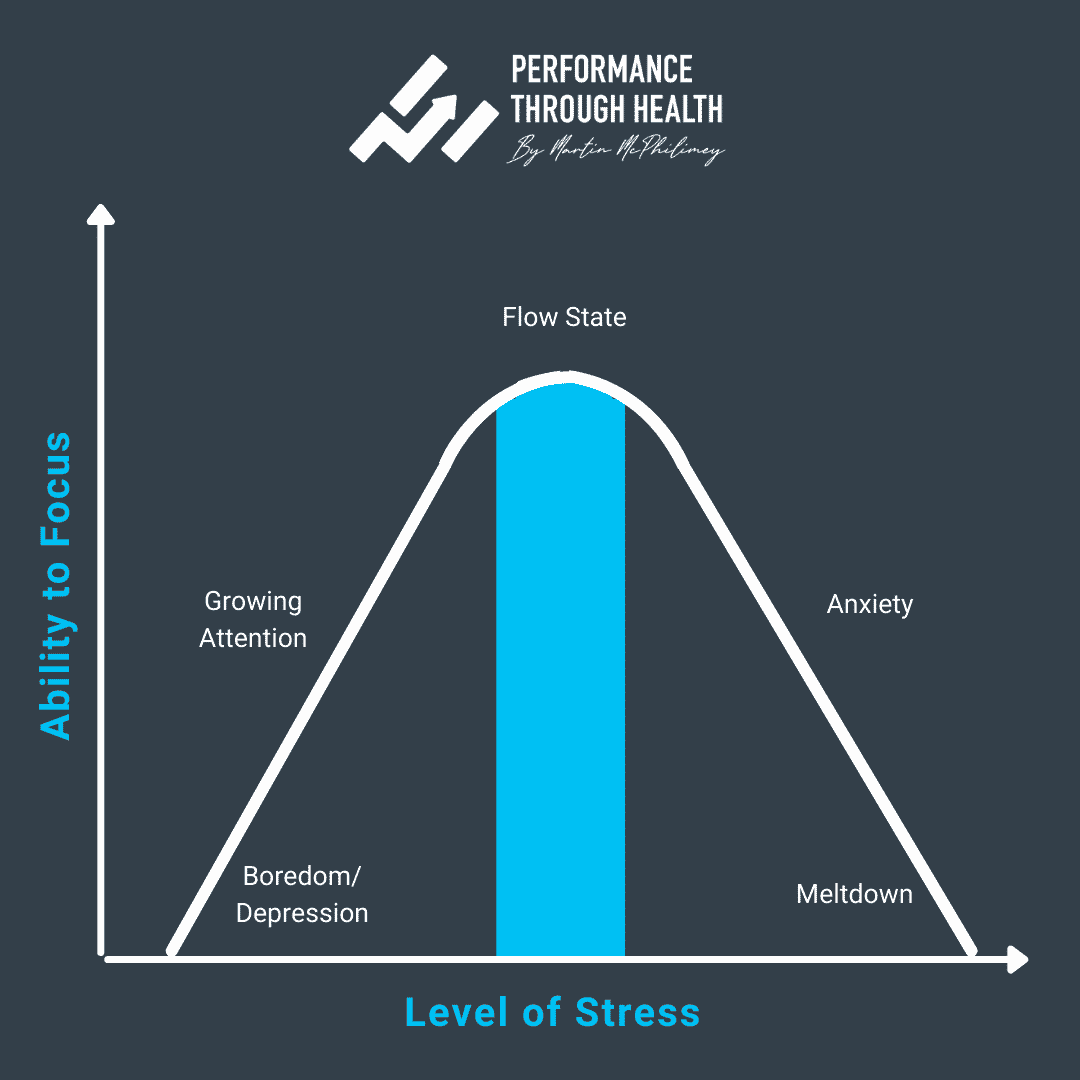
Picture this; you sit down to do a piece of work for your boss. You’re at the desk staring blankly at the screen, thinking about how to get started. You start to feel a little agitated because you cannot get the process moving. So you jump out of your seat and grab a coffee or phone to check social media. This has become so typical that we now call it procrastination. But it’s simply a physiological misunderstanding. Internally, your body has to undergo a biological change to enable you to focus. Norepinephrine, Dopamine and Acetylcholine are released in the brain and body, but these all stimulate arousal. They are making you primed to move. Humans have not evolved to sit still with these chemicals. Rather the opposite. It’s the fight or flight system kicking in but on a low level to help you take action and be productive. Some people get the shakes or may have to fidget to eliminate excess energy from underlying tension.
Eventually, you can start the process and suddenly hit this sweet spot. You’re in a flow state, and before you know it, you’re crunching numbers and writing thousands of words; you’re focused, and time ceases to exist. This period usually lasts up to 60 minutes for most people. However, it can be trained for more extended periods, perhaps up to 90 – 120 mins. Then, suddenly, distractions creep in, and you start to notice you are making mistakes. This is when you either reach for the phone again, go to grab a coffee or sit there feeling unproductive. When actually, it’s just the ultradian cycle of arousal chemicals is coming down, and your natural ability to focus and attend to work is significantly impaired.
A solid amount of scientific data, points to the existence of ultradian rhythms. This discussion emphasises a 90-minute rhythm that regulates your ability to concentrate throughout the day and facilitates memory consolidation at night. When asleep, you cycle through different stages roughly at 90-minute intervals. And guess what? These cycles are linked to dopaminergic pathways. Then, in the morning, they continue.
These 90-minute cycles regulate when you are most optimised for focus and learning.
– In the first 5 – 10 minutes, you feel agitation and strain to try to get into focus. So it would help if you sat with tension and did not get distracted.
– Around the middle, it is the optimal time for learning and sustained focus (flow)
– Towards the last 5 – 10 minutes, it becomes hard to maintain focus or learn anymore, and warning signs that you need to take a rest begin to show.
When these signs appear, you should seek introspective rest. A review article published in 2021 shows that 20-minute naps or light sleep took shortly after learning have increased the amount of information learned and retained by 50%
Key takeaway: 90:20 is the ideal ratio of focus to rest.
This is not an exact science; some will argue it’s nonsense. But Dr Andrew Huberman, a professor of Neurology and Ophthalmology at the University of Stanford University, swears by them. Another genius to note is Ernest L. Rossi, PhD. An internationally renowned therapist, teacher, and pioneer in the psychobiology of mind-body healing. In his book: The Twenty Minute Break. He recommends taking such short breaks leads to renewed energy and improved performance. In addition, he provides guidelines for monitoring one’s ultradian rhythms to aid in physical training, weight reduction, improving family and sexual relations, and managing stress. Of course, the book itself is a bit new age. Still, there has been some advancement in literature to support Rossi’s hypothesis since it was written back in 1991.
From a more anecdotal point of view. I have integrated three 90-minute blocks of focus throughout the day for clients and myself. Followed by 20 mins of rest activities that we shall come to shortly. Subsequently, their personal ability to focus and be productive has improved. In addition, with ideal sleep schedules, efficient breathing and resilience training – heart rate variability, a measure of stress tolerance, significantly improves.
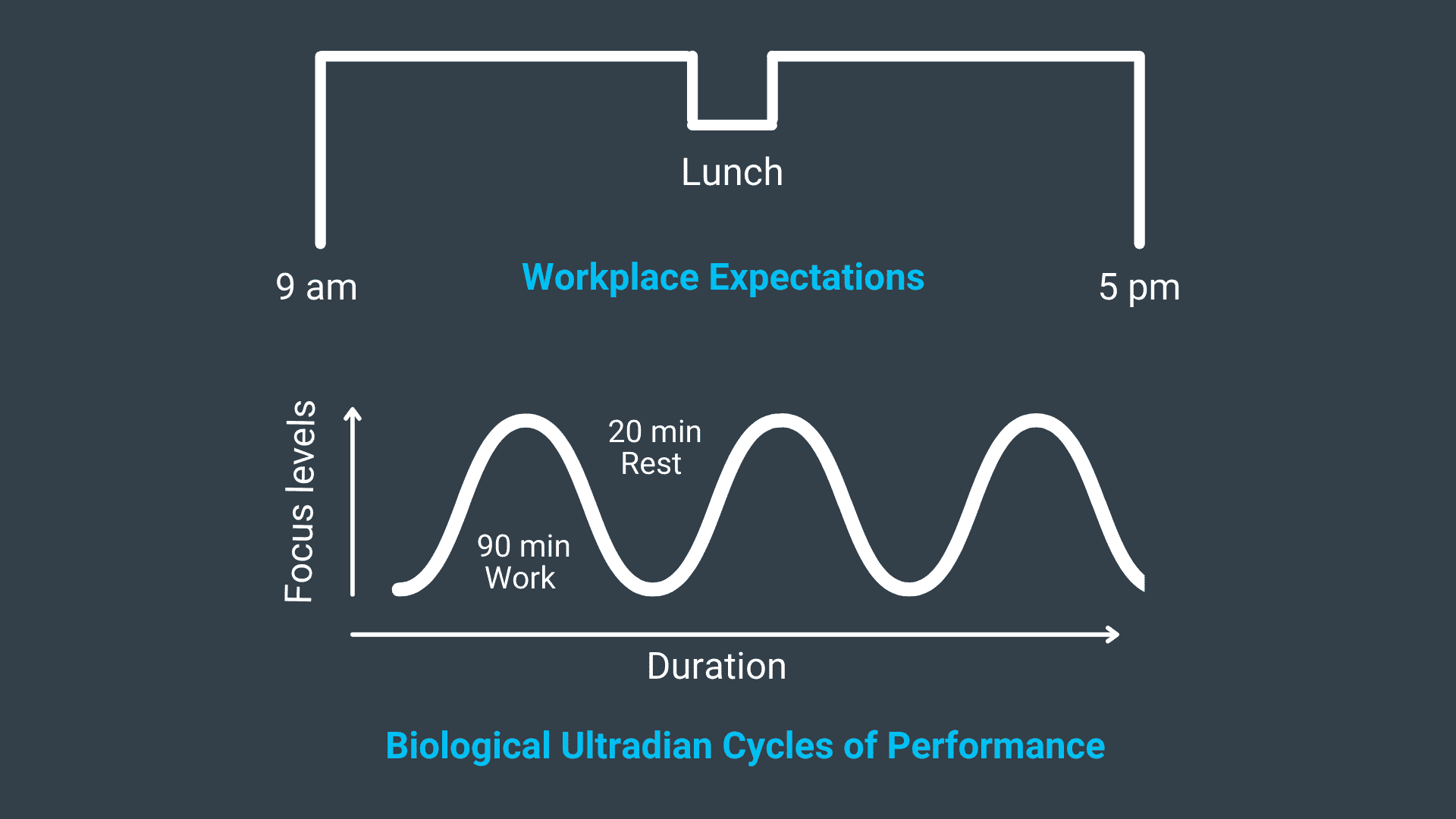
Steve Cossington, a marine scientist and family man based in Perth, WA, was feeling burnout. After accepting a new job in a more senior role, the pressure of more responsibilities was daunting. He went through personal challenges, and the stress of stepping into a new company got him. As a result, he struggled to remain focused, and mental clarity was an issue, so he felt as if his mindset wasn’t in the best of places. He reached out for support, and during his initial in-depth assessments, his stress levels were high, with a score of 26/40, and focus and clarity scores were poor. Following eight weeks of the Empowered Performer program, Steve has reduced his stress by 70% despite his workload and external pressures increasing “10 fold”. His ability to focus, mental clarity and productivity have been boosted by more than 50%, and he is enjoying the challenges presented at work.
Nonetheless, it’s up to you to experiment with the specifics of your ultradian rhythms and plan your schedule around them. You can consider your wake time and temperature minimum to figure out these rhythms, and that’s where someone like myself can help.
But more generally. Reflect on: when are you most and least focused? Most lethargic? Most anxious? Most creative?
Also, if you are not in a position to nap mid-day. The point is that you have to give your brain a rest — whether by taking a walk in nature or using specific breathing techniques to drop you into a healthy healing state. There are also several scientifically-backed up ways to put the brain into states of deep relaxation that we’ll cover shortly.
The warning signs of taking a break
Towards the end of one of these ultradian cycles, there are physical and emotional signs delivered through the body to signify you to take a break. However, the issue is that most people have continued expectations of high workloads and therefore ignore the signs and tend to reach for stimulants instead. For example, I remember when I worked in London back towards the end of 2015. I was out for evening drinks with a friend who worked as a financial advisor for a large company, which is not uncommon in the big smoke. Many executives or busy professionals will tend to network in their evenings or celebrate the wins for the day. I didn’t expect however, that it’s relatively common for these evenings to be fuelled by cocaine. A drug commonly used to help high-flyers get through their heavy workloads and the long days on minimal sleep. This is clearly not a healthy recovery process and will lead to addictive coping mechanisms and significant health concerns long term.
Instead of reaching for the stimulant, cocaine, coffee, or a dopamine spike. One should consider taking an introspective rest when the warning signs occur. Common symptoms of needing a short rest are:
– Procrastination (If you find yourself getting stuck after you’ve found flow)
– Fatigue
– Frustration
– Tension in the neck and upper back
– Easily distracted
– Lacking clarity
These are warning signs that you are trying to take action on work when your brain and body, thus your mind, are not primed. Creating what’s called limbic friction – a tiresome battle. This is a period during your ultradian cycle when the level of neurochemicals for focus and attention are declining, and you need to take a moment to refresh.
Why taking a rest is essential?
It’s all good and well knowing you need to take a break, and many do. However, a gap in the work day typically means time scrolling the internet, sitting on social media or getting to your emails. This does not rest. It’s the continual stimulation of one’s nervous states. Typically, how much one chooses to rest depends on a belief around how much time one needs to complete a task. Plus how much one perceives their capacity to get the work done in that timeframe. Those who say they don’t have enough time are the ones who have the lowest expectation of their ability to get the job done. This only contributes to further worry, increased stress, and, therefore, time wasted in procrastination due to a lack of clarity in thought and the ability to act. Commonly, such people will avoid the challenge, blame and find reasons for not succeeding in their goals – creating average performance. However, it doesn’t have to be that way.
What if you could reduce stress, refresh concentration and focus chemicals, and prime your mind to hit flow states. Wouldn’t that be ideal?
You can; all you need to do when you notice the warning signs is take 15-20 minutes of introspection – which refers to going within, internalising your senses to be mindful of your emotions. During this period, you find that breakthrough moment of aha. Have you ever noticed that most of your creativity comes when you least expect it? For example, daydreaming in the shower, when driving, or as you are about to drift off to sleep.
That’s because you’ve allowed your mind to enter a brainwave state related to creativity. The mind-wandering is a process necessary for plasticity – connecting new neurons in the brain for learning and memory. During this period of rest, you get some form of clarity. This process happens during sleep. It’s one of the primary reasons why getting a good night’s rest is essential for a positive emotional state and focus, memory and learning. Ensuring 7 – 9 hours of good quality sleep each night is the foundation of health and performance. Check out my video on how to ensure you get good quality sleep.
Here are five Activities to improve concentration and focus
- Taking a nap for 20 minutes will be beneficial; however, some people may find it hard to stay disciplined with waking time or struggle to fall asleep within the 20-minute timeframe to get enough rest. For others, it’s simply not practical
- 15 – 20 minutes of gentle, slow and expansive breathing at a cadence of roughly six breaths per minute is enough to increase heart rate variability – a measure of entering a parasympathetic restful state.
- A 15- 20 minute walk outside in nature without the phone or distractions whilst being present, and observing the environment through all your senses, is a primordial way to gain thoughtful insights.
- A non-sleep deep rest protocol such as a 20-minute Yoga Nidra can help put one into a hypnogogic state, promoting introspective recovery.
- Mindful meditation – sitting and observing one’s thoughts without reacting can be challenging starting. But soon, you notice how much your thoughts, feelings and sensations drive your actions, and you can slowly become more aware and control of distractions.
Concluding remarks
The common assumption that one should be able to stay focused for the whole working day is simply a cultural belief that is not aligned with your biological functions. Your arousal state significantly affects your ability to concentrate and work on the task. One example is there are natural ultradian rhythms of the chemicals related to inducing flow states. Therefore, one should expect to feel a little frustrated or irritated when attempting to first focus on a task. However, a crucial first step is self-regulation and the discipline to remain visually attentive and to ‘try’. Tension seeks resolution; therefore, you must sit with the creative tension to get into the flow. After around 60 – 90 minutes, energy will begin to drain, fatigue will set in, and it will become more challenging to remain on the task. This is when it’s time to step away and use one of the five activities mentioned to improve concentration and focus before sitting down and returning to your work.
I have provided you with five activities to improve your concentration and focus. One can only expect to implement these with a chronic change in behaviours. The problem here is that high stress, anxiety, and poor sleep make it more challenging for you to even think about creating change. Because change itself is stressful, and when you’re burnt out or overworked, your nervous system is not primed to make a change. It seeks out and focuses on a threat. The primary concern for many is keeping on top of their work. So it becomes an unhealthy cycle of work, distraction, more work, little sleep, tiredness, fatigue and eventually a mental breakdown.
That’s why working with someone who can help you get out of such a sticky situation is essential. An expert who can help you manage your sleep, arousal states, breathing, and the fundamental rest/ activity ratios dependent on your ultradian cycles.
If this blog has resonated with you and you’re highly motivated to create change so that you can perform more sustainably, with less stress and a higher ability to concentrate and focus. Then book yourself an in-depth 1:1 assessment with me here.
Alternatively, you can check out my free video training on how you can reduce your stress by 50%, improve sleep quality and boost focus and energy for higher performance.
Written by
Martin McPhilimey, Consultant Scientist & Coach – Performance Through Health.
